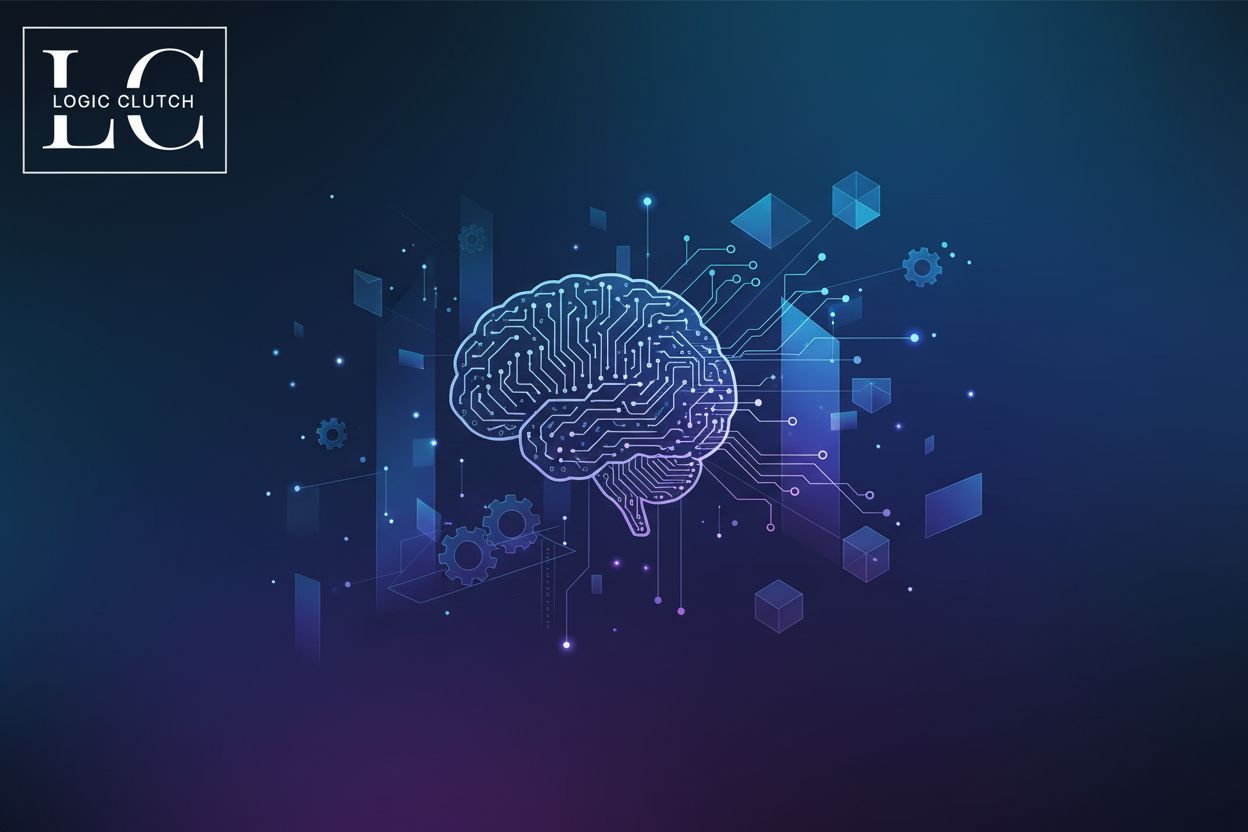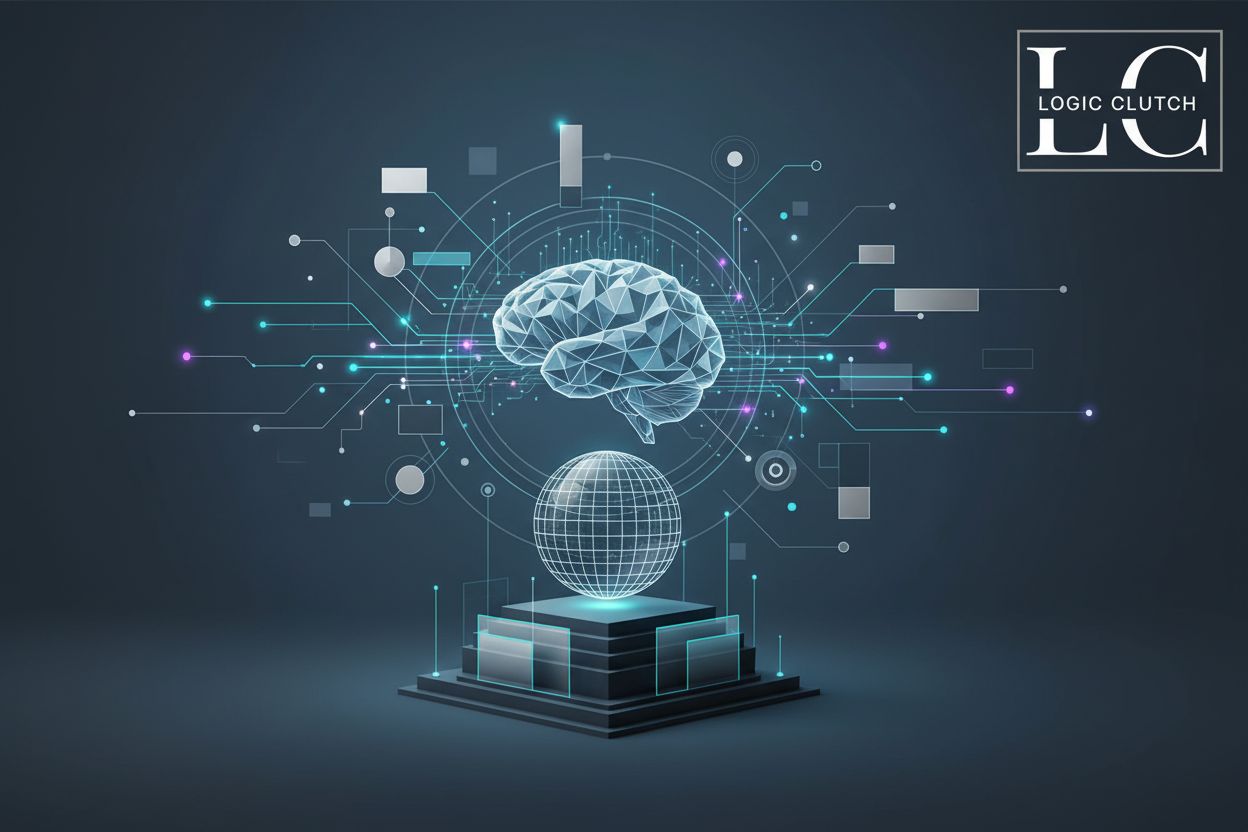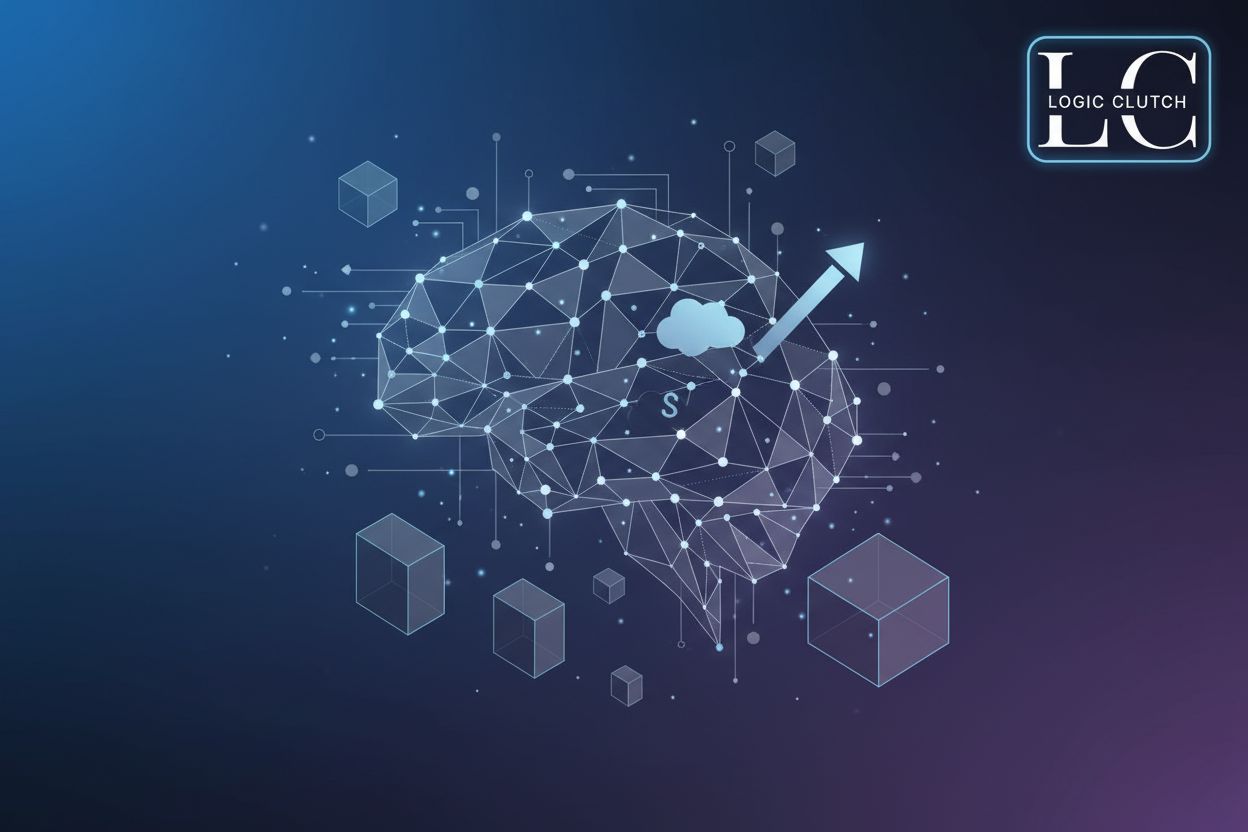Generative AI Analytics for Modern Enterprises
TL;DR
The Rise of Generative AI in Enterprise Analytics
Okay, let's dive into this generative ai stuff. It's kinda like that sci-fi movie where the computer starts writing its own screenplay – except this is real, and it's happening in businesses everywhere.
generative ai is basically an ai that can create things. Not just analyze data, but whip up new content, designs, code – you name it. Think of it as a digital artist, writer, and programmer all rolled into one.
It's different from traditional analytics, which mainly tells you what has happened. generative ai can predict what could happen and even generate solutions or new ideas. Like, instead of just seeing that sales are down, it can suggest new marketing campaigns or product tweaks, or even write the first draft of that campaign.
We're moving from just describing the past to predicting and creating the future. It's not just about knowing what happened, but about imagining what can happen.
Enterprises are drowning in data, honestly. It's like trying to find a specific grain of sand on a beach, and generative ai is like a metal detector that can actually find that grain and tell you what it's made of.
Modern enterprises needs generative ai because they're facing data overload. It helps them cut through the noise and find the insights that actually matter. It's not just about having more data, it's about making sense of it, quickly.
Take competitive advantage, for example. If you're using ai to make decisions faster and better, you're gonna leave your competitors in the dust. It's like having a super-smart consultant who's available 24/7, always ready to give you the best advice is a major advantage.
According to glean.com Glean ai isn't just speeding up existing processes, it’s enabling entirely new ways of working. I mean, who wouldn't want that?
So, how do we actually make this generative ai thing work? Understanding the core concepts and capabilities is the first step. We'll explore what generative ai is, its different types, and the fundamental principles that drive its creative power.
Leveraging Generative AI with Salesforce CRM
Okay, so you got all this customer data in Salesforce, right? But what if you could actually use it to, like, predict the future of your sales? That's where generative ai comes in.
CRM systems like Salesforce are treasure troves of customer interaction data, making them prime real estate for generative ai integration. They hold the keys to understanding customer behavior, predicting future needs, and personalizing every touchpoint. By supercharging Salesforce with generative ai, businesses can unlock deeper insights and automate complex tasks, transforming how they engage with their customers.
Generative ai basically supercharges Salesforce CRM. It can do things like automatically analyze all your data and spit out reports. It takes that info and kinda guesses what's gonna happen next. No more manually crunching numbers!
- Imagine ai automatically generating personalized emails to prospects based on their past interactions with your company. Instead of blasting out generic messages, you're sending stuff that actually resonates.
- It's not just sales, either. Think about customer service. ai can analyze customer sentiment from support tickets and then route the most urgent ones to the right agent. This makes sure that your customers are happy.
Let's get into some real-world examples, yeah?
Generative ai can help with lead scoring, so you can focus on the leads that are actually worth pursuing. It looks at tons of different factors and then ranks leads based on their likelihood to convert.
- For marketing, ai can generate different versions of ads to see which one performs best. It's like having a super-powered a/b testing machine! It can also personalize messages for marketing, as stated by solulab "Generative AI can create tailored advertisements and promotional content that resonate with individual customer preferences, thereby enhancing engagement and conversion rates. (Generative AI In Marketing | Leadpages)"
- And for customer service, think ai-powered chatbots that can answer common questions. This frees up your human agents to handle the more complex issues.
Integrating generative ai with Salesforce isn't always easy. You gotta make sure your data is clean and that your systems can talk to each other. Data compatibility is key, folks.
- A lot of companies are using apis (application programming interfaces) to connect ai models to their existing Salesforce setup. It's like building a bridge between two different systems.
- The goal is to make the ai feel like a natural part of your workflow. You don't want your team to have to jump through hoops to use it, right?
So, what's next? Well, we've talked about how to understand it and how to integrate it with salesforce. Now, let's take a look at how to actually deploy it.
Building a Generative AI Analytics Framework
Okay, so you're thinking about building a generative ai analytics framework? It's like building a house – you gotta have a solid foundation before you start putting up the walls.
First things first, what do you want to do with this thing? Are you trying to predict customer churn, or maybe generate marketing copy? Defining your objectives upfront is crucial.
- Model selection is next. There's a whole bunch of generative ai models out there, and picking the right one is important. Think gpt for text, or maybe diffusion models or GANs for images. Depends on your needs, really.
- Training the model is where the magic happens. You'll need a bunch of data to feed it, and then you gotta tweak the settings until it's spitting out the right results. It's a lot of trial and error, honestly.
Once you've got a trained model, you need to actually use it.
- Deployment can be tricky. Are you gonna run it in the cloud, or on-premise? You'll need to think about things like scalability and security.
- Monitoring is super important. You need to keep an eye on how the model is performing and make sure it's not going off the rails.
Next up, we'll dive into deployment and monitoring.
Overcoming Challenges and Ethical Considerations
Okay, so generative ai is all the rage, but what challenges are we gonna run into? And what about the ethics of it all? Let's get real.
Okay, so you're all hyped to implement generative ai, right? But it's not always smooth sailing. Data scarcity is a big one. If you don't have enough relevant data, the ai just isn't gonna perform well. Like trying to bake a cake with only half the ingredients, you know?
- Model bias is another huge issue. If your training data reflects existing biases, the ai will amplify them. Think about it – if your ai is used for hiring, and it's trained on biased data, it could discriminate against certain groups. That's not cool.
- And then there's the whole "black box" problem. Sometimes, it's hard to understand why the ai made a certain decision. Which makes it difficult to trust, especially in high-stakes situations.
Ethical considerations are huge with generative ai. It's not just about cool tech, it's about doing the right thing.
- Transparency is key. We need to understand how these ais are making decisions, so we can catch any biases or errors.
- Fairness is also essential. Generative ai shouldn't discriminate or perpetuate existing inequalities. It should be used to create a more equitable world, not the opposite.
- And accountability is crucial. Who's responsible when an ai makes a mistake? We need clear guidelines and protocols to address these situations.
So, what's next? How do we make sure we're using generative ai responsibly?
Future Trends in Generative AI Analytics
Okay, so generative ai is all the buzz, but how do we know it's actually doing anything? It's like, everyone's got a new gadget, but is it really making life easier?
While the hype is undeniable, it's crucial to move beyond just hoping for the best and actually measure the impact of generative ai experiments. As AlphaBOLD rightly points out, simply hoping for the best doesn't cut it.
In fact, AlphaBOLD also notes that, "58% of leaders report exponential productivity or efficiency gains, likely driven by generative ai".
But, honestly, are companies really tracking this stuff? It's all well and good to say ai is boosting productivity, but where's the proof? Are we seeing fewer hours worked? More output? It's like, show me the money, or in this case, show me the data!
ai tools are cool and all, but they cant magically make a company data-driven. It's like giving someone a fancy camera – they still need to know how to take a good picture, you know?
- You can have all the ai in the world, but if people don't know how to use it or trust the results, it's all for nothing.
- It needs a change in mindset, a commitment to using data to make decisions.
Remember all that unstructured data we used to ignore? Well, generative ai is making it cool again. Like, who knew those old documents could be so valuable?
- Turns out, ai can actually make sense of all that messy data, like text, images, and video.
- But it's not as simple as just uploading everything and letting the ai do its thing. ya still need humans to curate and organize it.
Multi-modal ai and conversational ai are also changing the game, making interactions more natural and intuitive. For example, imagine an ai that can understand your spoken request, analyze an image you upload, and then generate a relevant report – all in one seamless interaction. And hyper-personalized marketing is finally becoming a reality, thanks to ai's ability to analyze vast amounts of data. It's about putting the right message in front of the right person at the right time, which, honestly, is what marketing should have been all along.
Conclusion: Navigating the Generative AI Frontier
We've journeyed through the exciting landscape of generative ai in enterprise analytics, from its foundational rise to its practical applications and future potential. We've seen how it's not just about analyzing the past, but about creating the future, helping businesses cut through data overload and gain a competitive edge. We've explored how integrating generative ai with platforms like Salesforce CRM can revolutionize customer engagement and how building a robust framework is key to unlocking its power.
However, we've also acknowledged the hurdles – the challenges of data scarcity, model bias, and the critical need for ethical considerations like transparency and accountability. As we look ahead, the trends point towards even more sophisticated and intuitive ai, making interactions more natural and marketing truly personalized.
The key takeaway? Generative ai isn't a magic bullet, but a powerful tool that, when wielded thoughtfully and strategically, can transform how enterprises operate. It requires a shift in mindset, a commitment to data-driven decisions, and a continuous effort to understand and adapt to its evolving capabilities. The journey of generative ai in enterprise analytics is just beginning, and those who embrace it with a clear vision and a responsible approach will undoubtedly lead the way.





